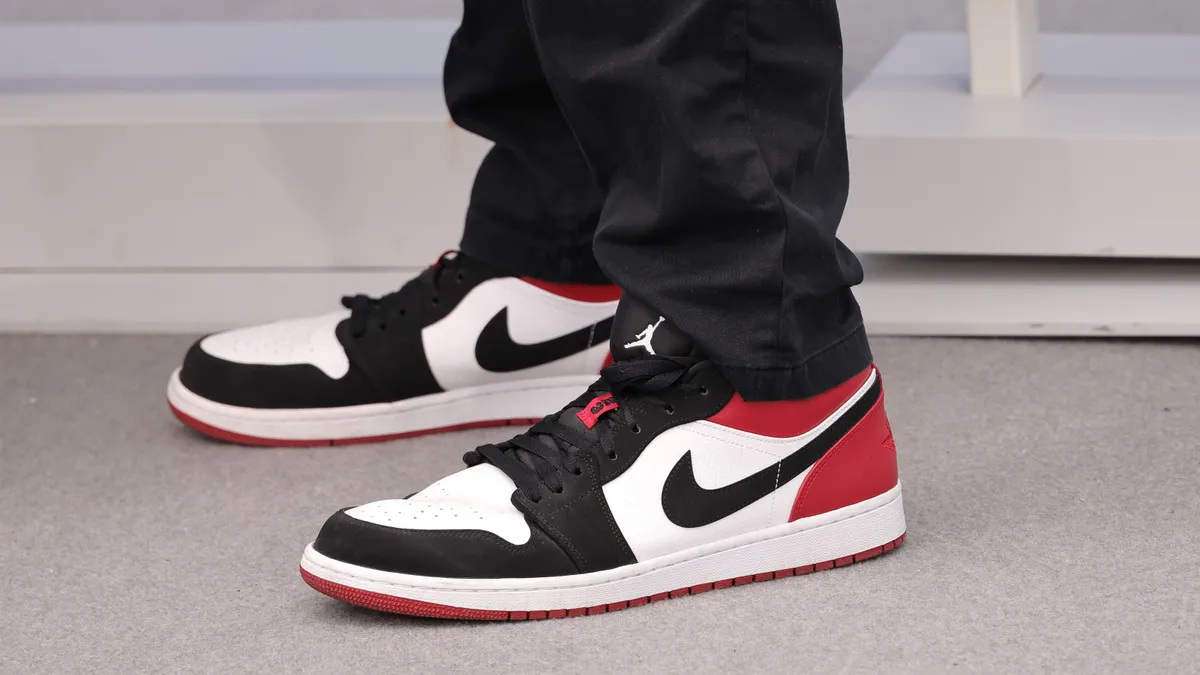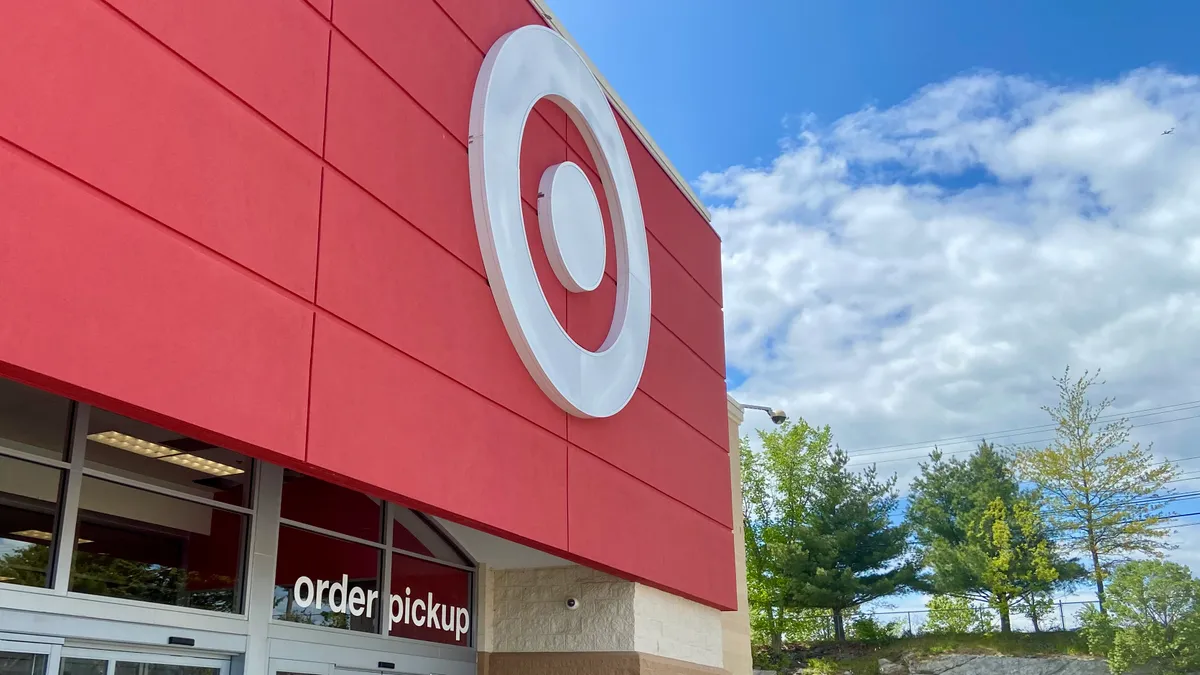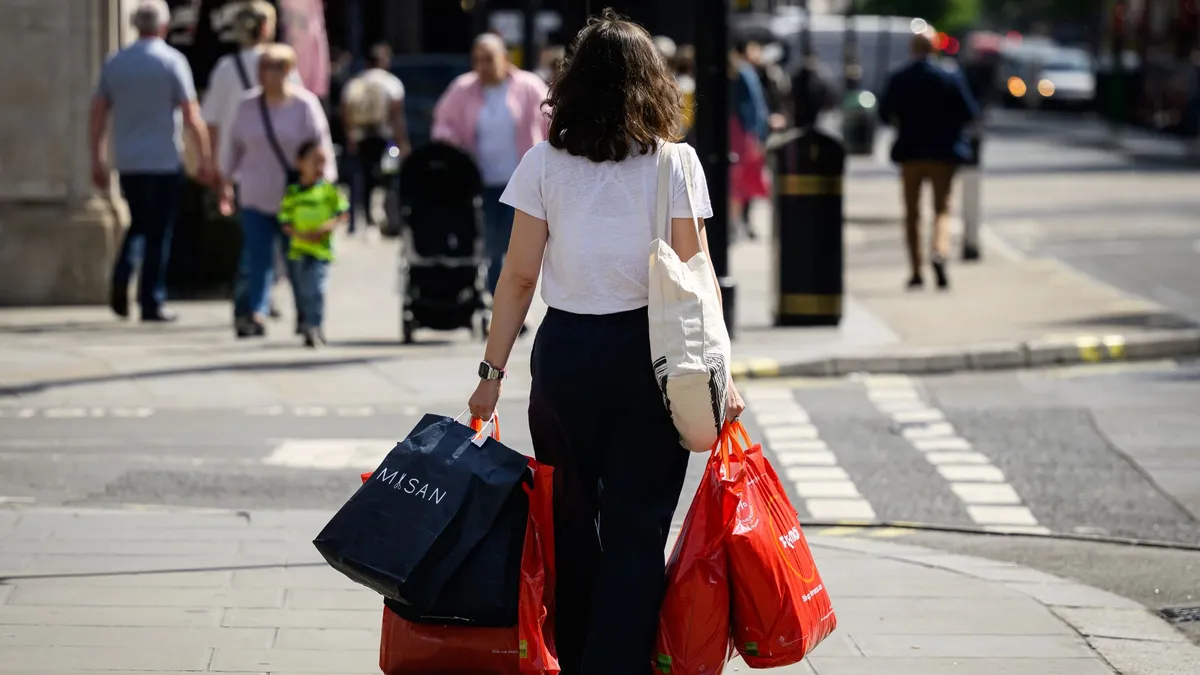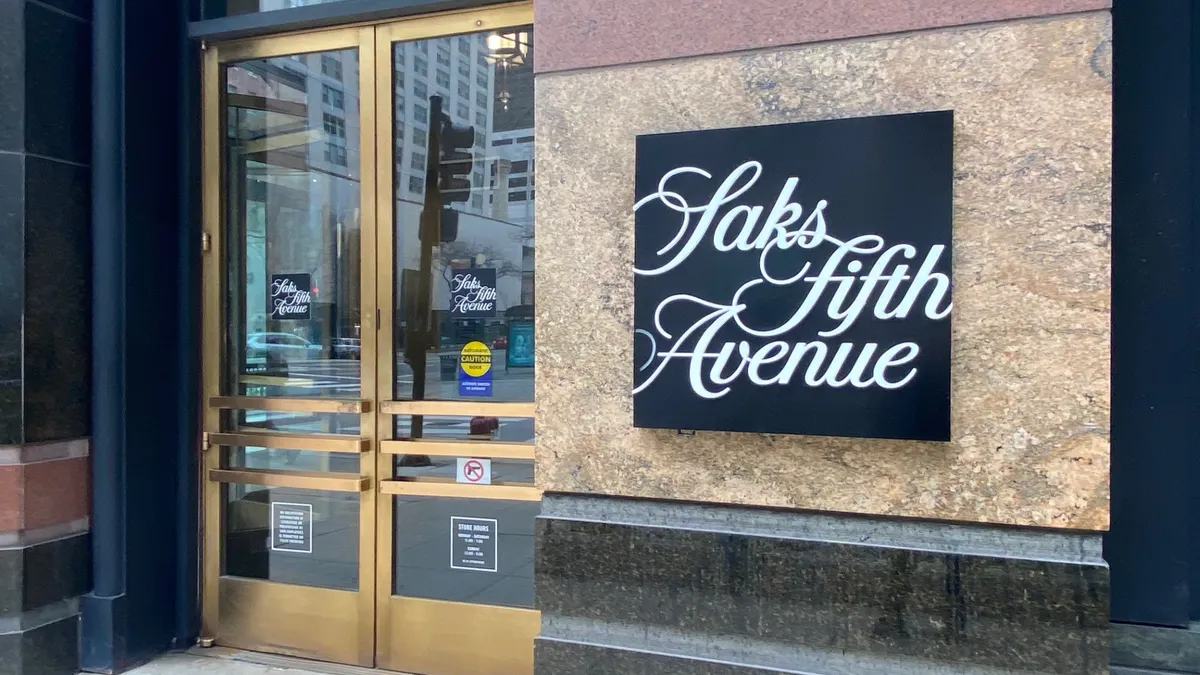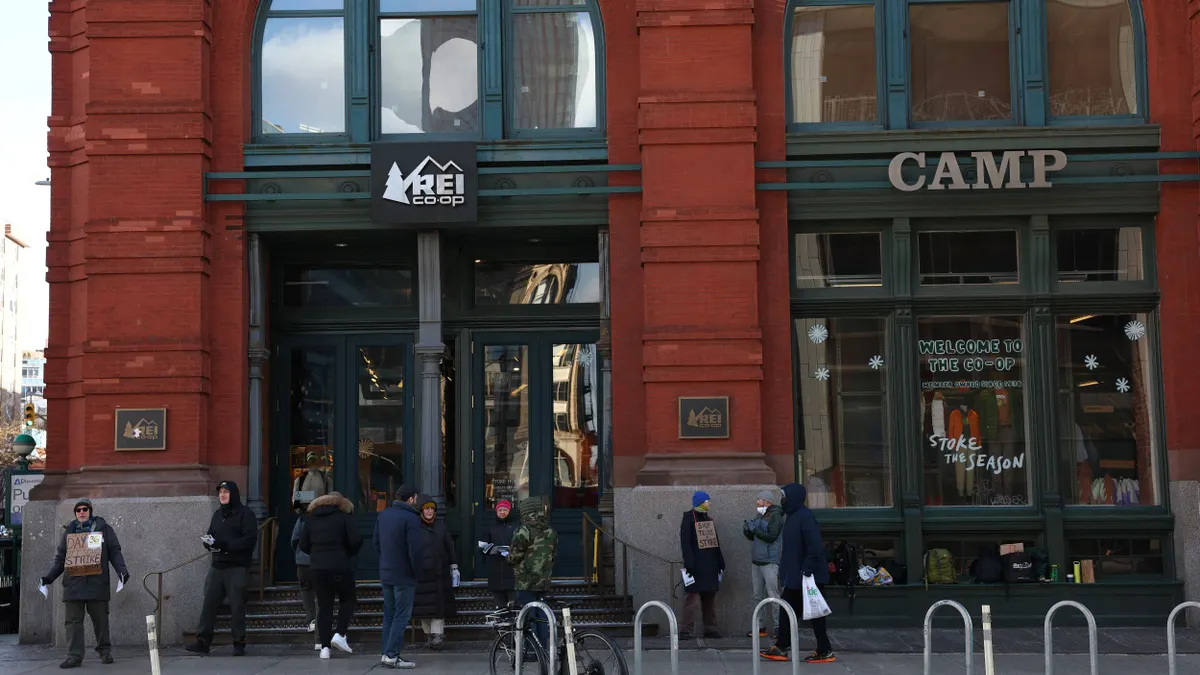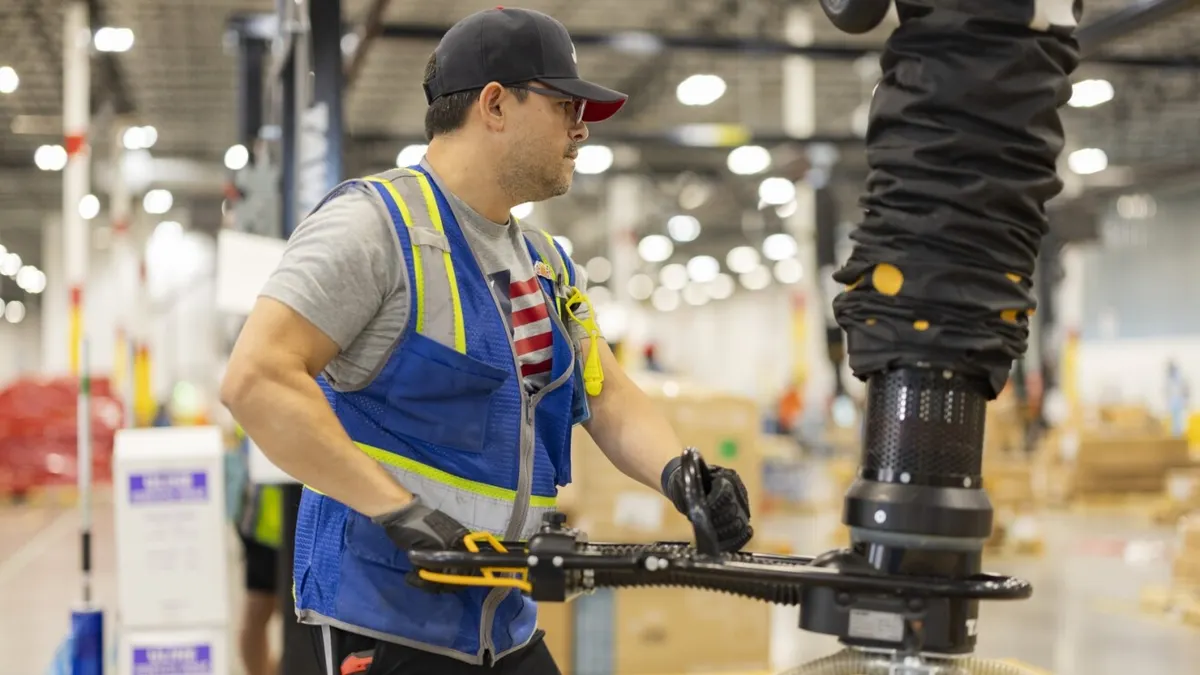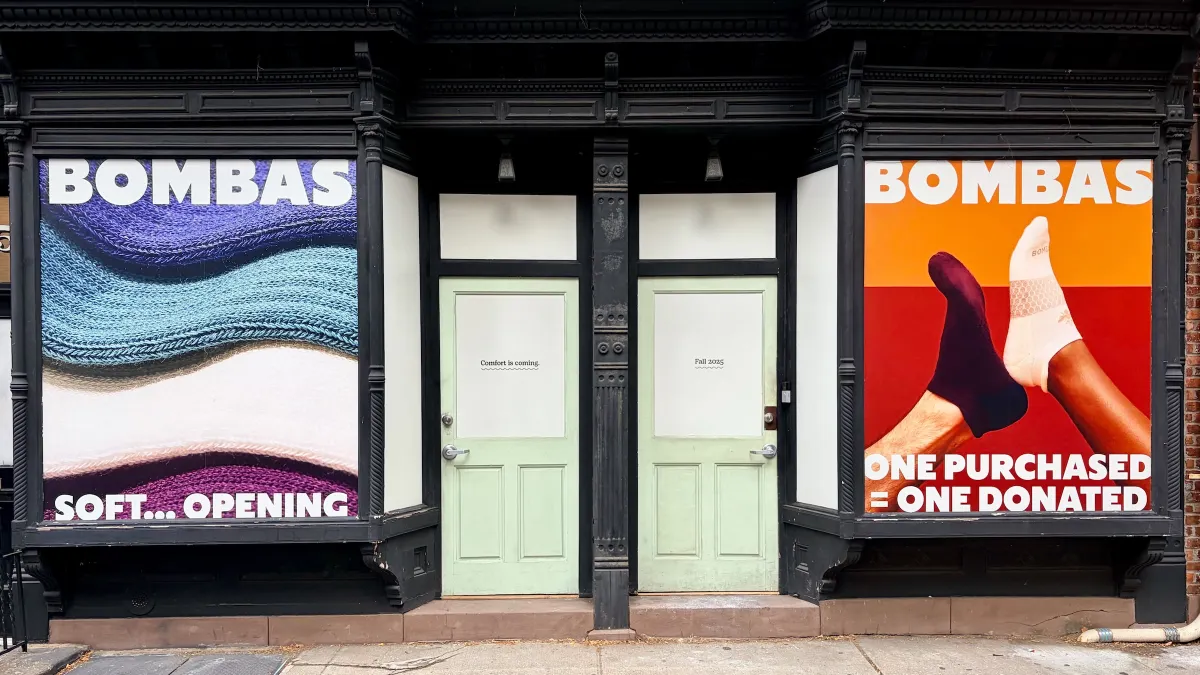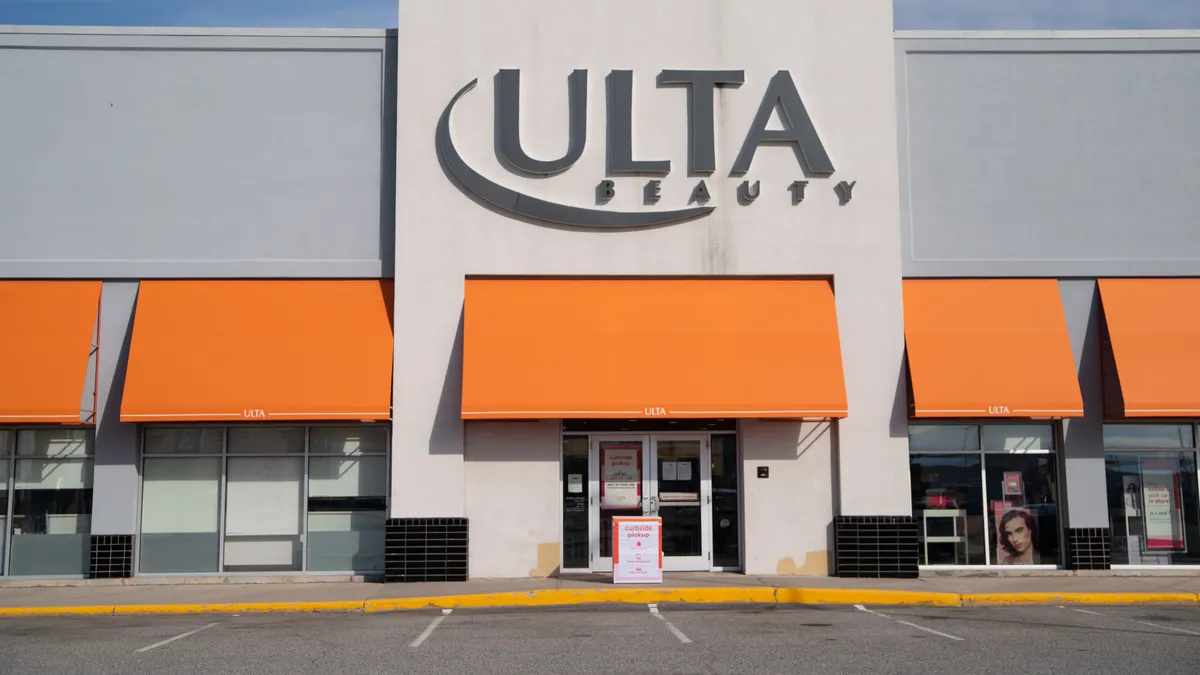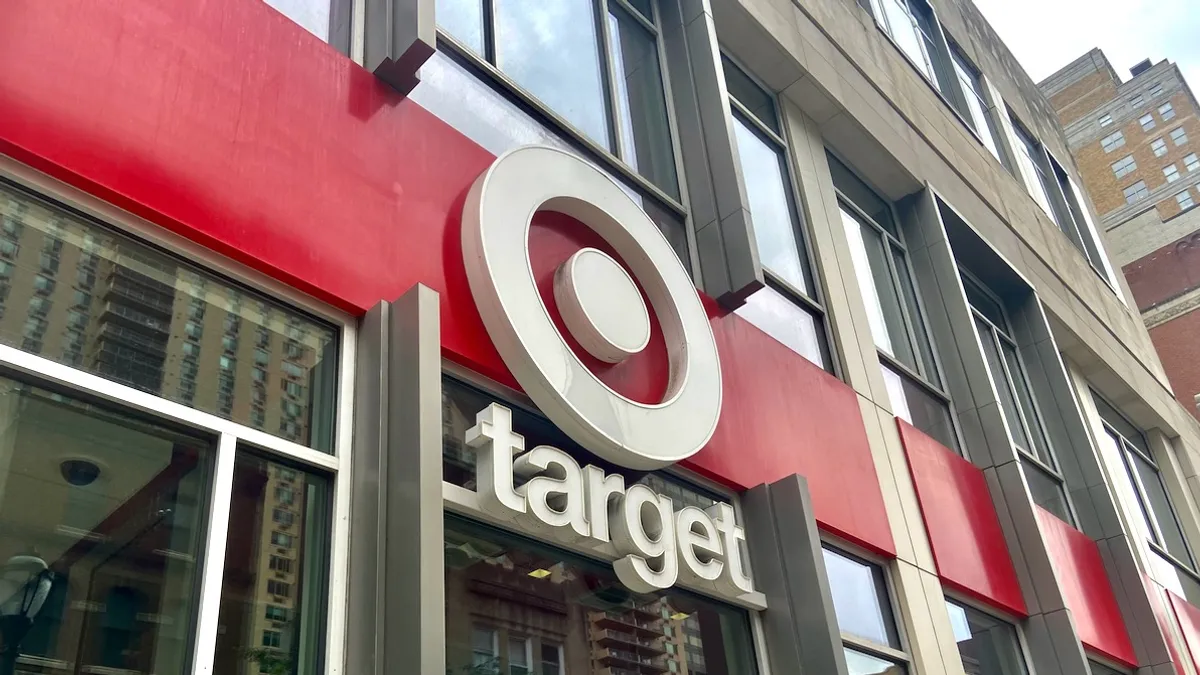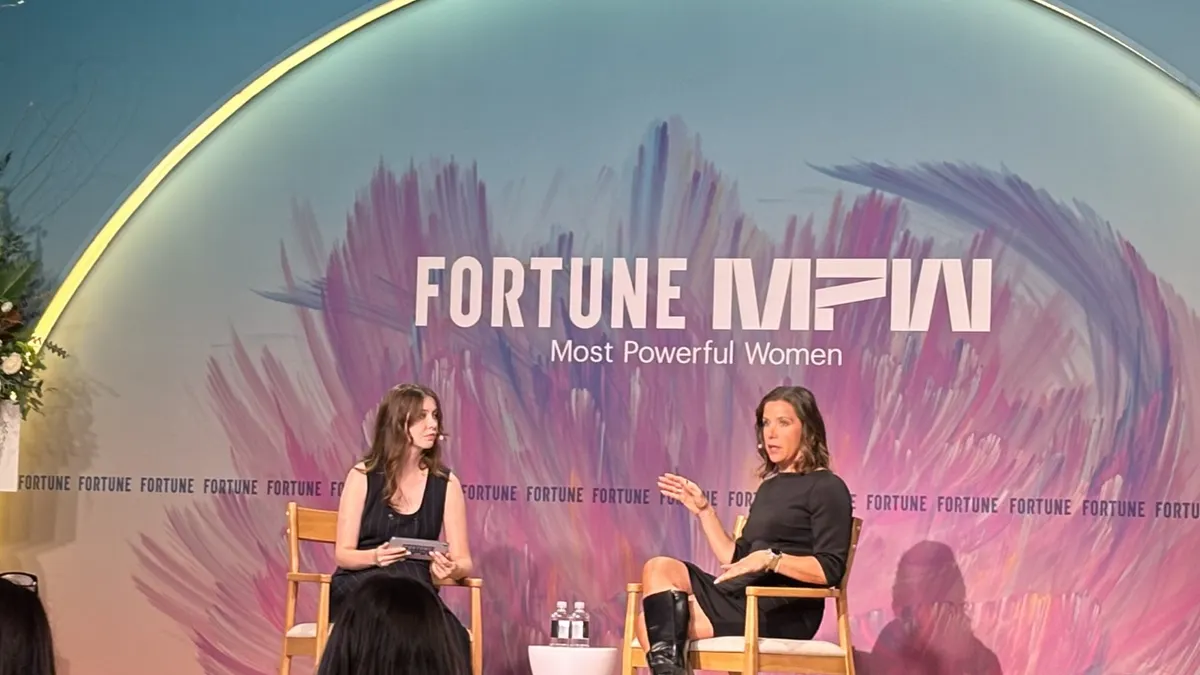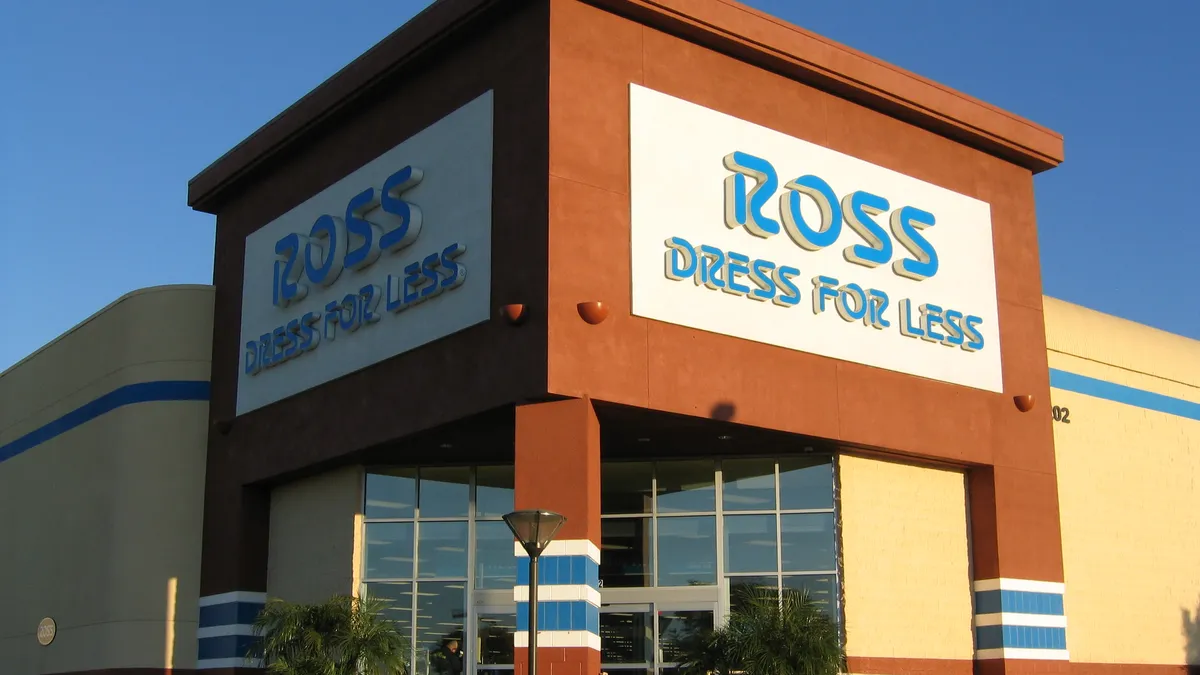It’s been another week with far more retail news than there is time in the day. Below, we break down some things you may have missed during the week and what we’re still thinking about.
From Wayfair’s annual Way Day event to the delay of retail sales data, here’s our closeout for the week.
What you may have missed
Wayfair brings back Way Day sale
Wayfair is bringing back its annual Way Day sales event from Oct. 26 to Oct. 29. The sale will feature deals across every category of home, as well as 24-hour flash deals. Wayfair Rewards members are also eligible to receive bonus savings.
"Today's customers are more intentional than ever when it comes to their homes," Jon Blotner, president of commercial and operations, said in a statement. "Way Day is our answer to that mindset — bringing together incredible value, a wide selection of quality products, and the convenience of free, easy delivery.
The company will offer deals at its brick-and-mortar stores, including its Chicago store, as well as its AllModern, Birch Lane and Joss & Main locations.
Toms names Crocs vet CEO
Footwear company Toms named Jessica Alsing as its new CEO, the brand announced last week on LinkedIn.
Alsing previously was the chief digital officer of Grendene Global Brands. She worked for Crocs for more than eight years, most recently as its vice president of international digital commerce. Alsing also has experience at Gap Inc. and Williams-Sonoma.
“Jessica joins Toms at a pivotal time as we continue to honor our iconic legacy while reimagining what’s possible for a purpose-driven brand today,” the company said in a statement.
Vince to transfer to Nasdaq
Fashion apparel company Vince Holding Corp will voluntarily transfer its U.S. stock exchange listing to Nasdaq from the New York Stock Exchange, the company announced on Oct. 10.
Vince expects that its stock will stop listing on the NYSE following the market close on Monday. Its stock will continue to trade under the symbol VNCE.
“Our transfer to Nasdaq places us alongside other innovative, growth-focused companies. We believe this is an important step as we further our strategic objectives and position the company for long-term success,” CEO Brendan Hoffman said in a statement.
Retail therapy
Charmin debuts ludicrously big toilet paper roll
This one is for all those who stocked up on toilet paper at the onset of the COVID-19 pandemic. Toilet paper brand Charmin has debuted its “Forever Roll,” which has 1,700 sheets and can last up to one month.
When fully unrolled, it can reach the height of the Washington Monument, per a Wednesday corporate post from parent company Procter & Gamble. A two pack of the Forever Roll is available on Amazon for about $38.
“We know changing the roll all the time is a big pain in the butt. That’s why we created Forever Roll and are bringing it to people at retailers nationwide — the same soft, two-ply Charmin you love, but a bigger roll to keep you covered so you can enjoy the go for up to one month before changing it,” Jessica Hastings, Charmin vice president at Procter & Gamble, said in a statement. “It’s a roll that works harder so you don’t have to. Plus, it's quite the conversation starter.”
What we’re still thinking about
???
That applies to September retail sales numbers — month over month, year over year, adjusted, unadjusted or otherwise — from the U.S. Department of Commerce. The statistics on retail sales usually arrive midway through the following month, but, with a government shutdown going on three weeks, they were unavailable on Thursday’s scheduled release date.
The dearth of information comes at an already uncertain time, with consumers increasingly wary of discretionary spending and the holidays on the horizon. Monthly reports on the consumer price index and other key economic indicators have also been postponed, and the longer the shutdown lasts, the more likely some data will remain unavailable.
That means that October retail sales and other measures may simply be left blank, according to Wells Fargo economists Michael Pugliese and Anagha Sridharan. They estimate that each week of the shutdown saps roughly one-tenth to one-fifth of a percentage point from economic growth.
“Most — though not all — of this output should be recouped in Q1, assuming that the shutdown has ended by then,” they said. In other words, after the holidays are over.
What we’re watching
Is this the end of drop culture?
The sneaker landscape has for years relied heavily on drop culture, with brands like Nike building up an entire strategy around product drops. Keeping these customers engaged has led to constant limited-edition collaborations and constant scarcity in the hottest styles — because exclusivity is key to sneakerheads.
But that model could be changing.
Matt Powell, senior adviser with BCE Consulting, told Retail Dive in an interview that some recent shoe trends in the space have emerged thanks to organic, female-led growth. In particular, the popularity of styles like Adidas’ Samba and Mexico, or the Birkenstock Boston, is being driven by women — and they’re eschewing the standard drop and hype concepts.
“This is about inclusivity and accessibility of products. It's a totally different mindset than the old, ‘We'll make 5,000 pairs and sell out in the morning and wow — big win,’” Powell said. “There's a shift out there in the way the consumer wants to see products brought and I think it's much more consumer-driven. It's ground up. And I think that means that brands have to do a much better job of listening and much less talking.”
Already some companies are experimenting with different models. Powell pointed to New Balance as an example, which has paired sneaker drops with a swift follow-up of commercial availability. Women were never as into drop culture as men, and they are driving the trend toward accessibility for now, but this could signal a broader change in the footwear industry.
“We have yet to see a male-driven trend from this sort of new approach of organic and from-the-ground-up kind of thing. When we see that, I will absolutely know that the industry has tipped over into something totally new,” Powell said. “I think drop culture has lost its cachet simply because there's a drop about every 10 seconds.”



